Driver Training: Tips for Safe and Professional Transfers
In the transfer business, your drivers are the face of your brand. Whether it’s an airport pickup, a city tour, or a corporate transport, customers remember the person behind the wheel far more than the booking interface. That’s why investing in comprehensive driver training isn’t just a good idea—it’s essential.
A well-trained driver can turn a routine trip into a smooth, professional experience. Beyond driving skill, your team needs to understand safety standards, customer service, communication, cultural awareness, and the importance of representing your business professionally at every turn.
Whether you’re onboarding new drivers or upgrading your team’s performance, this guide will walk you through practical and proven training strategies—and show how software like TransferVista can support your training program in real-world operations.
Why Professional Driver Training Matters
A driver’s job is far more than getting from point A to B. Customers expect punctuality, comfort, safety, and courtesy. In fact, in the transfer industry, a single poor driver experience can cost your business future bookings and damage your reputation.
Here’s what proper training ensures:
- Passenger safety and adherence to traffic laws
- Customer satisfaction and loyalty
- Company consistency, regardless of which driver handles the booking
- Preparedness for emergencies or unexpected situations
- Reduced accidents, insurance claims, and liability
The goal of training is to build trust—between driver and passenger, and between the driver and your operations team.
Core Elements of Transfer Driver Training
1.
Safe Driving Techniques
Every driver in your fleet must meet local licensing and safety standards. But professional transfer driving goes beyond the basics.
Focus on:
- Defensive driving: anticipating the behavior of other road users
- Smooth acceleration and braking for passenger comfort
- Speed control, especially in busy or unfamiliar areas
- Adapting to weather conditions
- Eco-driving techniques for fuel efficiency
Real-world scenario training—such as how to handle tight city spaces or airport traffic—builds confidence.
2.
Customer Service & Etiquette
A transfer isn’t just a ride—it’s a customer experience. The way your driver greets a guest, communicates during the journey, and handles unexpected requests will shape how your company is remembered.
Drivers should be trained to:
- Greet passengers politely, ideally by name
- Handle luggage respectfully
- Offer assistance without being intrusive
- Use professional and culturally appropriate language
- Stay calm and courteous, even if passengers are stressed
A key part of training is role-playing real interactions. You can use past feedback or reviews to highlight good and bad examples of customer service.
3.
Punctuality & Route Planning
Timeliness is critical. Being even five minutes late can throw off a business client’s schedule or cause a traveler to miss a flight. Drivers should:
- Check their schedule the night before
- Plan routes and alternatives using GPS apps or dispatch tools
- Factor in weather, construction, and traffic patterns
- Arrive 10–15 minutes before pickup when possible
With TransferVista, dispatchers and drivers have shared access to real-time schedules, updates, and live maps—making it easy to plan smarter and adjust on the fly.
4.
Appearance and Vehicle Cleanliness
A driver’s personal presentation and the condition of their vehicle reflect directly on your brand. This matters just as much as safe driving.
Train drivers to:
- Wear clean, professional clothing (uniforms if applicable)
- Keep the vehicle interior and exterior spotless
- Inspect for odors, stains, or clutter after each ride
- Sanitize high-touch areas regularly
Some operators include checklists or even daily audits—especially for high-end chauffeur or van services.
5.
Handling Special Requests and Diverse Clients
Passengers may have unique needs: wheelchair access, child seats, a quiet ride, or a preferred route. Drivers should be ready to adapt respectfully and efficiently.
Training should cover:
- Identifying and responding to passenger preferences
- Communicating clearly across language barriers
- Understanding cultural differences
- Managing group transfers or events professionally
TransferVista supports this with detailed passenger notes and booking profiles—so drivers are informed before arrival.
6.
Emergency Response & Conflict Resolution
While rare, emergencies and conflicts do happen. A prepared driver knows how to handle the situation calmly and effectively.
Train for scenarios such as:
- Vehicle breakdowns
- Medical emergencies
- Disputes over routes or pricing
- Aggressive or intoxicated passengers
Include training on basic first aid and company escalation procedures. The more prepared the driver, the less likely a situation will spiral.
7.
Using Technology on the Job
Drivers need to be comfortable with mobile tools, including navigation apps, digital dispatch platforms, and real-time communication systems. Your company’s tech stack should feel like a support system, not a burden.
TransferVista’s driver app, for example, allows drivers to:
- Accept or decline jobs
- See pickup instructions and passenger notes
- Navigate using integrated GPS
- Send real-time updates to dispatch
- Mark trips as complete and request feedback
Make sure every driver is trained in using your software before hitting the road.
Creating a Sustainable Training Program
Driver training isn’t a one-time event. It’s an ongoing process that should evolve as your company grows.
Here’s how to structure an effective program:
Initial Onboarding
New hires should go through:
- Company introduction and values
- Safety standards and route guidelines
- Shadowing or ride-along sessions
- Training on company tech (e.g., TransferVista)
- Customer service role-playing
Once complete, drivers can be certified and given a probationary period to evaluate real-world performance.
Regular Refresher Sessions
Even experienced drivers benefit from check-ins. Offer quarterly or annual refresher training on:
- Policy updates
- Customer feedback trends
- Local traffic regulation changes
- New software features
Online modules, short workshops, or team meetings work well.
Performance Reviews
Use customer ratings, punctuality stats, and ride logs (all accessible via TransferVista) to conduct regular performance reviews. These help identify strong performers and areas for improvement.
Reward excellence, but also support underperformers with coaching—not criticism.
How TransferVista Supports Safer, Smarter Driving
TransferVista isn’t just for booking and dispatch. It plays a key role in your driver training and safety goals:
- Driver profiles: Track training status, feedback history, and certifications.
- Live tracking: Monitor routes and flag driving irregularities like sharp braking.
- Feedback integration: Automatically request customer ratings after trips.
- Custom alerts: Notify drivers of policy updates or training reminders.
- Digital logs: Review trip data for ongoing learning and dispute resolution.
When technology works with training, your drivers gain confidence—and your customers notice the difference.
Empowering Your Drivers as Professionals
Training isn’t just about reducing risks. It’s about turning drivers into trusted professionals who take pride in their work. When your team feels supported, equipped, and appreciated, they naturally deliver a better passenger experience.
Encourage drivers to share insights, report recurring issues, and participate in improving the system. You’re not just training employees—you’re building a team.
Final Thoughts
In the world of passenger transfers, your reputation rides with your drivers. A clean vehicle and prompt service may win you a first booking—but it’s the professionalism, courtesy, and preparedness of your drivers that earn loyalty and repeat business.
By developing a structured training program, combining safety and service standards with real-world tools like TransferVista, you create an operation where every trip feels smooth and secure—for both driver and passenger.
Whether you’re running a growing fleet or just starting out, the time you invest in your drivers today is the quality your customers experience tomorrow.
Let me know if you’d like this article localized, formatted for your website, or turned into a downloadable training resource!


